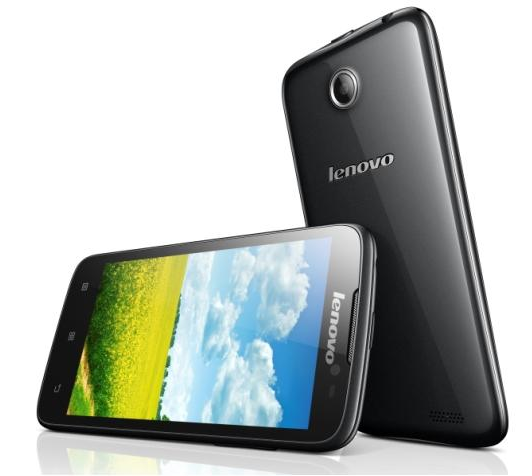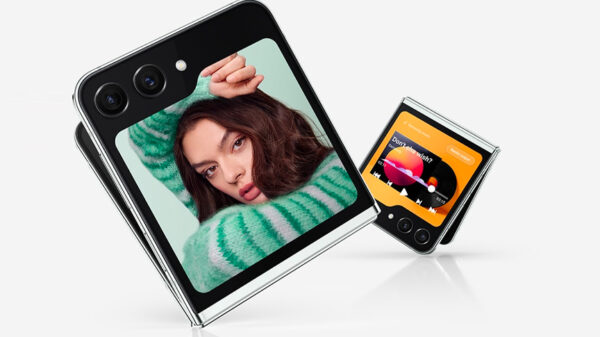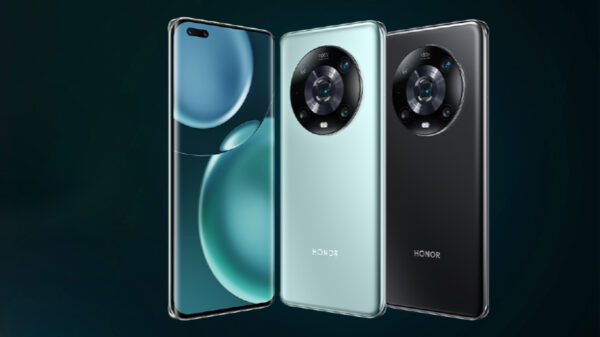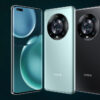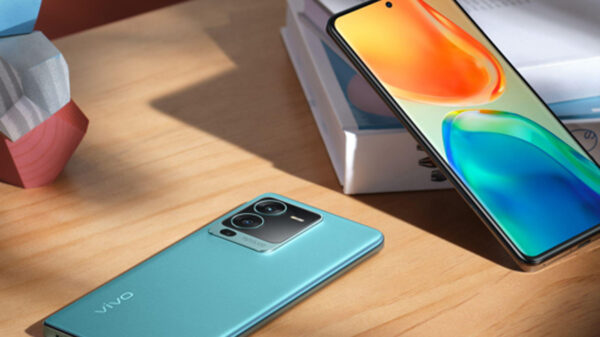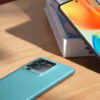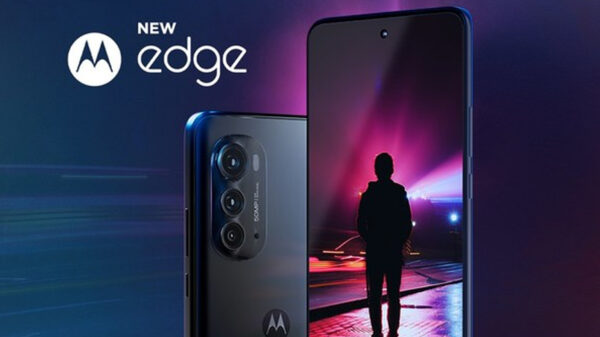Consumers in the Philippines bought 5.1 million smartphones worth $1.24 billion in the first three quarters of the year, with Android making up 91 percent of total smartphone sales, according to GfK Asia.
The ongoing trend of upgrading from basic mobile phones to smartphones, particularly in Southeast Asia’s emerging markets has further deepened smartphone penetration in the region and driving robust sales of the popular gadget. In the first three quarters of this year, consumers from Singapore, Malaysia, Thailand, Indonesia, Vietnam, Cambodia and the Philippines have spent US$10.8 billion on nearly 41.5 million units of smartphones.
Among these seven individual markets tracked, Indonesia has the greatest smartphone sales volume and value. Since the beginning of this year, Indonesian consumers have already bought 14.8 million smartphones worth over $3.33 billion. Thailand and Malaysia are countries with the next highest smartphone sales volume with 7.2 million and 6.4 million units sold respectively. However, in terms of smartphone sales revenue, the ranking of these two countries are switched with Malaysia garnering $2.25 billion while Thailand raked in $1.96 billion in the January to September 2013.
In the Philippines, consumers bought 5.1 million smartphones worth $1.24 billion, ranking 7th and 4th.
“The increasing affordability of smartphones, particularly in the developing markets is helping many consumers in these countries make the switch from their basic feature phones to own their very first smartphone,” highlighted Gerard Tan, Account Director for Digital Technology at GfK Asia. “It is worth highlighting the significant milestone of September being the month whereby sales penetration reached the halfway mark; where one in every two mobile handsets purchased in the region is now a smartphone.”
According to GfK findings comparing January to September in 2013 to 2012, fastest growing market for smartphones were Vietnam and Thailand, both of which reported more than twofold surge, by 156 and 118 percent respectively in volume, and 113 and 114 percent in value.
In terms of operating systems, Android, with its 72 percent market share continues to be increasingly sought after across six of the markets. This platform is most widespread in Philippines, Malaysia, and Singapore where the operating system now makes up 91, 83 and 81 percent of total smartphone sales in the respective countries. In Indonesia, proportion of Android smartphones sales jumped by 23 percent within a year, from 37 to the current 60 percent.
Another smartphone feature that is rising in prevalence is larger screen sizes. For instance, 4 inch and above smartphones which used to occupy 13 percent of the total sales last year has more than doubled its share. In the first nine months of this year, one in four (27%) smartphones sold has a screen size of at least 4 inches.
“The latest trend in the market now is phablets, which is defined as mobile devices with cellular voice phone functionality and a display between 5.6 inch and 6.99 inch,” said Tan. “Launched only recently around mid-2013, over 460,000 have already been sold and we will likely see greater take-up as more models enter market,” noted Tan.
“The substantial 50 percent of feature phone buyers in Southeast Asia who has yet to convert to using smartphone presents much potential still for manufacturers, and we predict a continued uptrend and exponential growth in the smartphone market in this region,” concluded Tan.





















































































